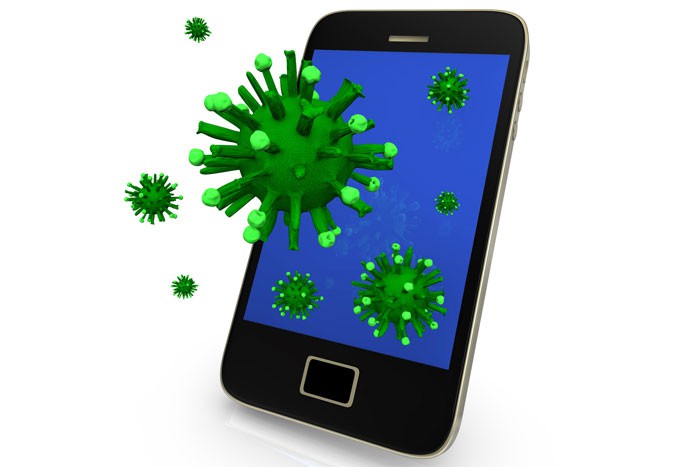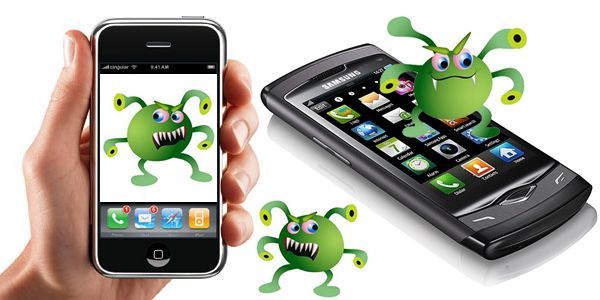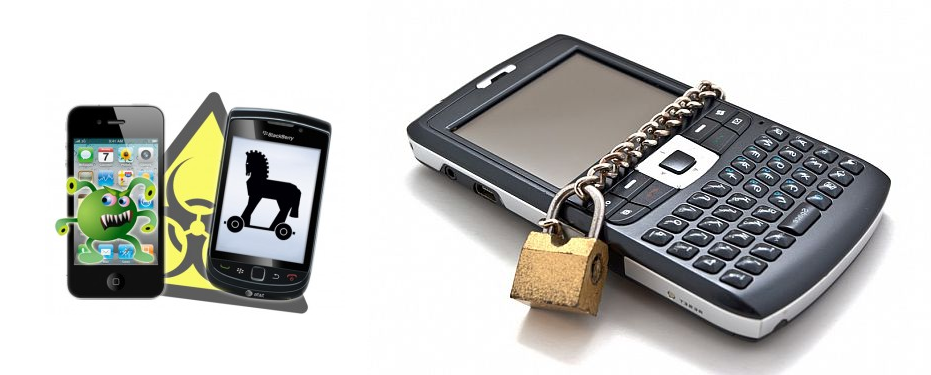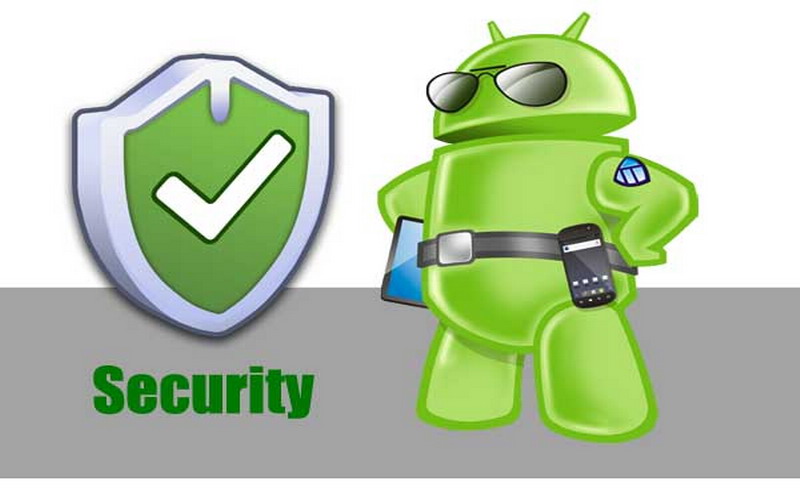
How to check the phone and tablet for viruses through the computer?
Guide to removing viruses from mobile devices using a computer.
Navigation
For many, it is not a secret that modern mobile phones are not just trumpets for communication, as it was a few years ago. Today these are full -fledged pocket computers that perform many functions and store various kinds of information. And where there is information, there are people who are eager to get it.
With the development of computer technology, viruses have gained great popularity on the Internet. Graceful computer programs that penetrate the system code of the operating system and steal all the information from it from it. There are those who do not steal anything, but simply clog the system, which leads to slow operation of the device.

- Like any computer, phones and tablets today are also subject to infection with viruses. The hit of such a program on your portable device is fraught with the fact that it will not only reduce the productivity of the device several times, but will steal all your passwords and can access bank accounts
- To prevent this from happening, programmers around the world began to develop antiviruses for mobile devices. However, no matter how hard they try, it is very difficult to make a full -fledged antivirus for phones and tablets, and hackers always go ahead ahead and release new viruses at a terrible speed
- To have on your device one of the currently existing mobile antivirus is good, but you should not rely only on it. "Trust but check". It is recommended that at least once a month check the device for the presence of viruses through a computer. In this article we will tell you how to do it

Checking a phone or tablet for viruses through a computer
How to avoid infection of the device with viruses?
- If your device has not yet been subjected to a viral infection, you should not bring to this and adhere to simple rules that will help you avoid infection
- As many know, most often viruses fall on the device along with applications that the user downloads from the Internet. These can be games, small office programs, videos, and the most cunning hackers manage to introduce them even in images
- It is necessary to download content only with official and proven sources
- Also very often viruses fall into the system when the user simply views Internet pages in a browser, where there are a lot of advertising banners. One random click on such a banner or a crossing by external link and you will not even notice how to pick up some kind of " trojan»
- To avoid this, use browsers with support for blocking advertising and do not go on suspicious links to unknown resources

Viruses on mobile phones and tablets
- Similarly, the device can be infected according to SMS newsletters. If you received a message with an external link from an unknown number, refrain from the transition along it and delete the message
- It is possible to pick up the virus from another device. For example, having come to a friend to visit, you decided to throw photos from yesterday’s party on a computer and connected a tablet or phone to a computer via a USB cable
- If a friend has a virus on the computer, then when you connect your device to it, the virus recognizes it and will automatically be introduced into its file system. Before connecting to someone else's device, make sure of its cleanliness
How to check the device for viruses and cure it?
- If luck turned away from you and the virus still managed to get to your device, do not rush to panic and demolish the operating system. As mentioned above, mobile antiviruses do not have such a level of protection as antiviruses for stationary computers. Therefore, if with the help of mobile antivirus it was not possible to eliminate the threat, it is worth trying to do it through the computer

Treatment of viruses on phones and tablets
- Before starting the procedure, make sure that an antivirus is installed on your stationary computer with the latest versions of databases. Otherwise, if you connect the device to a computer without a neglected antivirus, there is a risk of infecting a computer
- If the antivirus is installed and active, connect your mobile device to the computer through USB cable and wait a few minutes until the computer recognizes it
- When connecting a new device to a computer, most antiviruses are automatically scanned and if the virus is detected, they inform the user about the presence of a threat. However, if this has not happened, this does not mean that the device is clean
- After the computer recognizes the device, go to " My computer"And click on the right mouse button on the device that appeared there in the section" Devices with removable media", After which in the drop -down menu, select" Check using Dr. Web"(Depending on what antivirus is installed on the computer), select" Complete check"And wait for the end of the process
- If there is no such item in the drop -down menu, it is necessary to open the antivirus management program and in the section " Examination" or " Scanning»Manually choose the directory you are interested in. In our case, this is a new connected device. Then also click " Complete check"And wait for the completion of the process
- At the end of the audit, Antivirus will inform you of the discovered threats and offer you to take affordable measures
- To completely eliminate the detected virus, it needs delete Together with the infected file, however, if an important system file is infected, then it should be sent to quarantine, since its removal can lead to malfunctions in the operation of the operating system of the device

Checking mobile phones and tablets computer antivirus
Additional Information
- Unfortunately, there are viruses that over time are eaten into the device file system so deeply that it is impossible to eradicate them with any antivirus and it is better not to allow them to enter the device. They are called " worms" or " worms»
- They consume system resources, occupy RAM and load the processor to such an extent that the device begins to catastrophically slow down and overheat. You can get rid of them only by reinstalling the operating system
- Also, for a better and deeper check of the device, it should be checked by several antiviruses, since they all have their own databases and one antivirus can detect an infection that another could not detect
- It is recommended to use Antivirus Kaspersky, Dr. Web And ESET NOD32
